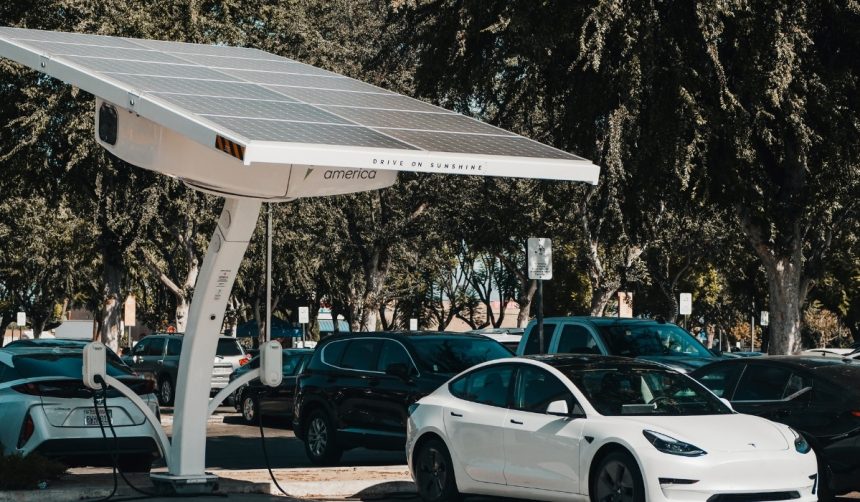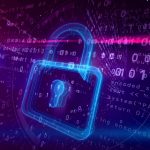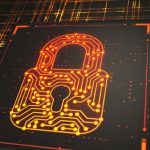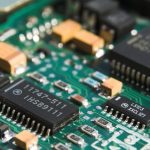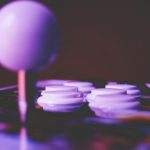Tesla’s upcoming launch of its Robotaxi platform has drawn significant attention, following CEO Elon Musk’s assertion that the new service will push competing automakers to license Tesla’s Full Self-Driving (FSD) technology. The recent sighting of Tesla Robotaxi prototypes operating on public roads in Austin, Texas, marks a key milestone as the city officially registered the company as an operator of autonomous vehicles. While Musk’s comments have ignited speculation and debate across the industry, market watchers and industry stakeholders are closely monitoring Tesla’s next steps. As the self-driving market rapidly intensifies, the potential requirement for competitors to partner with Tesla underscores broader questions about the trajectory of autonomous mobility. Autonomous transport, once considered years away, is now being shaped by practical demonstrations and bold claims from major innovators.
Public records and past media coverage show that Tesla has long pursued the development of FSD capability, often teasing incremental advances and release timelines that sometimes shifted. Analysts and enthusiasts previously questioned the timeline for wide robotaxi deployment, citing technological and regulatory complexities. However, compared to earlier phases, physical tests of robotaxi prototypes on public streets and official licensing in Austin represent a notable step forward for Tesla. The possibility of licensing FSD to rival automakers now appears more imminent, reflecting a shift from internal development to potential industry-wide application.
What Drives Tesla’s Push for FSD Licensing?
Elon Musk suggests Tesla’s strategy centers around making its FSD software indispensable for other carmakers hoping to deliver genuine autonomous driving. Musk has emphasized that competitors relying solely on hardware from suppliers like Nvidia may not achieve operational robotaxi services. According to Musk, widespread Robotaxi service will eventually make other companies realize they must turn to Tesla for a viable autonomous solution.
“The automakers keep being told that this isn’t real or that just buying some hardware from Nvidia will solve it. As Tesla robotaxis become widespread and their other solutions don’t work, they will naturally turn to us.”
How Are Competitors Responding to Tesla’s Technology?
Some industry observers predict other automakers will act quickly to secure FSD licensing if Tesla’s Robotaxi platform proves commercially effective. While predictions suggest at least one automaker will sign a licensing agreement by year-end, integrating Tesla’s FSD into new vehicle models could take up to two years due to hardware and design challenges. Speculation has surrounded Ford as a possible partner, particularly because of its existing collaborations with Tesla on charging infrastructure following Ford’s adoption of the North American Charging Standard (NACS).
Will Full Self-Driving Become an Industry Standard?
If Tesla’s Robotaxi service is received positively and achieves broad usage, pressure will likely mount on other automakers to follow suit. Tesla’s history of pushing for industry adoption—for example, with the Supercharger network—suggests Robotaxi could serve as another pivotal case. Automakers without a robust autonomous platform might face diminishing appeal if consumers expect smart, self-driving capability as a standard feature, raising questions on the future landscape of vehicle autonomy.
As Tesla continues to advance its autonomous initiatives, its willingness to license FSD may accelerate cooperative partnerships or spark competitive tensions. Prospective licensees may weigh the strengths and limitations of adapting Tesla’s camera-based system versus developing bespoke solutions. However, integration timelines, safety validations, and regulatory acceptance will remain critical hurdles. For stakeholders considering FSD adoption, key factors include compatibility, ongoing software support, and consumer receptiveness to delegated vehicle control.
- Tesla gears up to launch Robotaxi in Austin with FSD technology.
- Elon Musk argues competitors may need Tesla’s autonomous platform for viability.
- Licensing decisions could reshape the automotive self-driving market.

